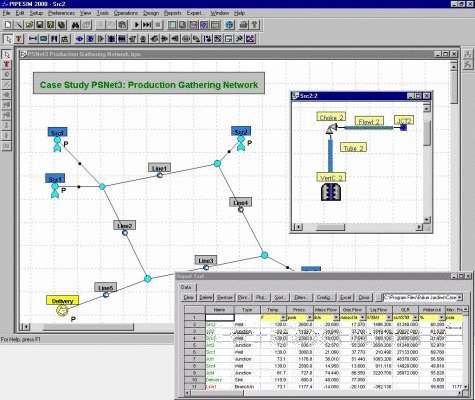
Pipesim currently supports stalling to resolve RAW hazards. Pipesim prints out the flow of the instructions through a 5-stage pipeline. The following shows an example run of Pipesim. (All we really need are registers to detect RAW hazards.) Currently, the ISA does not support immediate values, offset addressing, branches, etc.įor example, LW R1, 100(R2), is simplified to LW R1 R2. The input instruction format uses a minimal ISA format that includes all the information we need to model the timing of the pipeline. We provide three sample inputs in the traces folder: instruction1.txt, instruction2.txt, instruction3.txt. The input file is a sequence of instruction that will be simulated through the pipeline.You will be implementing forwarding for this lab. Currently, forwarding is not implemented. The forwarding option sets a flag to enable or disable forwarding.Pipesim takes in two command line parameters: $. Currently stalls the pipeline if RAW hazards are detected. void Pipeline::cycle(void) - Simulates the flow of instruction through the pipeline.bool Pipeline::hasDependency(void) - Checks for hazards between the instruction in the decode stage and execute/memory/writeback stage.pipeline.cpp implements the main functionality of the pipeline timing simulator.įunctions of interest are, but not limited to, the following:.pipeline.h contains the class definitions for various objects.main.cpp initializes the pipeline and loads the instruction trace to run.Pipesim consists of 3 main files: pipeline.cpp, pipeline.h, and main.cpp.

Note that Pipesim is still under development and have limited feature sets.įuture extensions of Pipesim functionality are left to you. Pipesim was developed with the sole purpose of teaching computer architecture. Once you join the classroom, a private github repository will automatically be created with the starter code. Please join the classroom by clicking the following link:

If you have any questions, please post to Campuswire as others may be having the same issue.įor this assigment, we will be using Github Classroom.
How to model pipe in pipesim simulator#
Note that this simulator is not functional since the instructions are not actually processed.

The goal of assignment 1 is to extend a simple pipeline simulator to support forwarding.įor this lab, we will extend Pipesim, a very simple timing simulator for a 5-stage pipeline processor. This assignment will be turned in through Github Classroom.

Finally, the library is tested through three application examples, and results are compared with the existing ones in the literature.Due: Monday, January 25 11:59:59 PM Pacific Time With this library it is possible to simulate the behavior of a gas distribution network from the individual simulation of each component. To solve the system dynamics through the proposed numerical schemes a based MATLAB-Simulink library was built. Also, it is shown how the pressure drop along the pipe has a strong dependency with the inclination term. Moreover, two numerical schemes are presented for the integration of such models. These models include the inclination term, neglected in most related papers. This paper presents two simplified models derived from the set of partial differential equations governing the dynamics of the process. Isothermal, unidirectional flow is usually assumed when modeling the gas flow through a gas duct. Gas ducts are the most important components of such kind of systems since they define the major dynamic characteristics. This research study focuses on the modeling and simulation of a gas distribution pipeline network with a special emphasis on gas ducts.


 0 kommentar(er)
0 kommentar(er)
